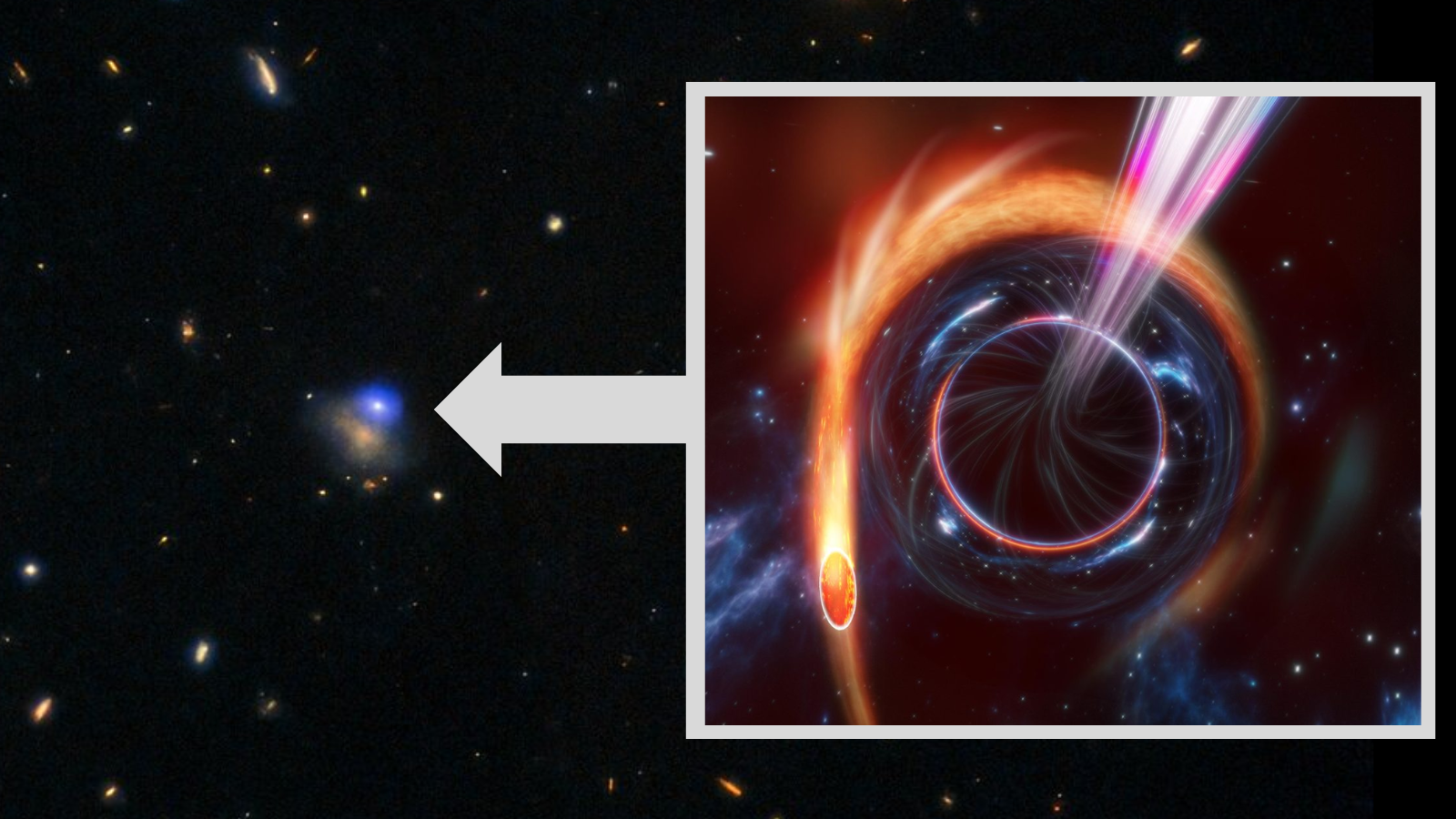Titan, Saturn's Largest Moon, Explained (Infographic)

Discovered in the year 1655, Titan is the largest of Saturn’s 62 charted moons. Titan is the only moon in the solar system with a dense atmosphere and stable bodies of liquid on its surface.
The environment on Titan is deadly to human life, with a toxic atmosphere consisting mostly of nitrogen and methane. The surface temperature is minus 290 degrees F (minus 179 degrees C).
Titan, 3,200 miles (5,150 kilometers) in diameter, is the second-largest moon in the solar system, one-and-a-half times the size of Earth’s moon. Titan is larger than the planet Mercury and is three-quarters the size of Mars. [Amazing Photos of Titan]
In 2005, the Huygens lander revealed the surface of Titan is a wasteland of water ice and frozen hydrocarbons. Despite its lack of liquid water, some scientists believe Titan may support life, now or in the distant future when the sun’s heat increases.
A rain of liquid ethane and methane falls to form lakes, making Titan the only planet or moon apart from Earth known to have liquid on its surface. In addition, some scientists think Titan may have large sub-surface oceans of liquid ammonia. Radar images of Titan’s north polar region show presumed lakes of liquid hydrocarbons.
- Life On Titan? Saturn's Cold Moon Fascinates Scientists | Video
- Landing on Titan: Pictures from Huygens Probe on Saturn Moon
- Saturn Quiz: How Well Do You Know the Ringed Planet?
Follow SPACE.com on Twitter @Spacedotcom. We're also on Facebook and Google+.
Breaking space news, the latest updates on rocket launches, skywatching events and more!

Karl's association with Space.com goes back to 2000, when he was hired to produce interactive Flash graphics. From 2010 to 2016, Karl worked as an infographics specialist across all editorial properties of Purch (formerly known as TechMediaNetwork). Before joining Space.com, Karl spent 11 years at the New York headquarters of The Associated Press, creating news graphics for use around the world in newspapers and on the web. He has a degree in graphic design from Louisiana State University and now works as a freelance graphic designer in New York City.
